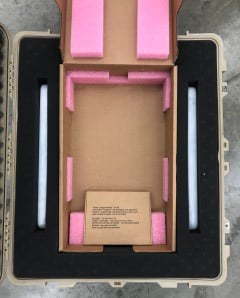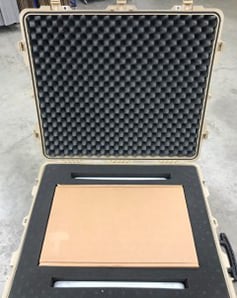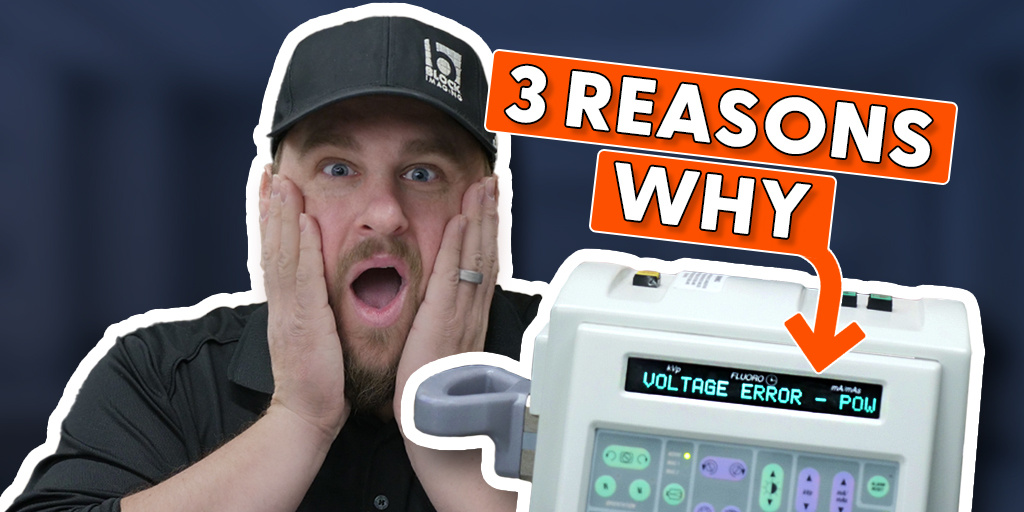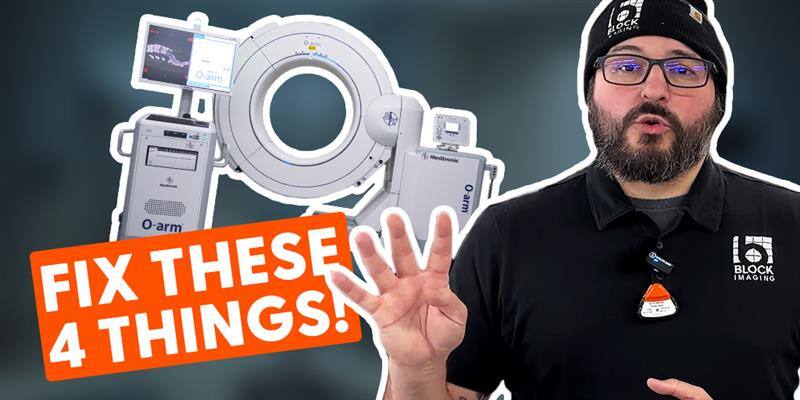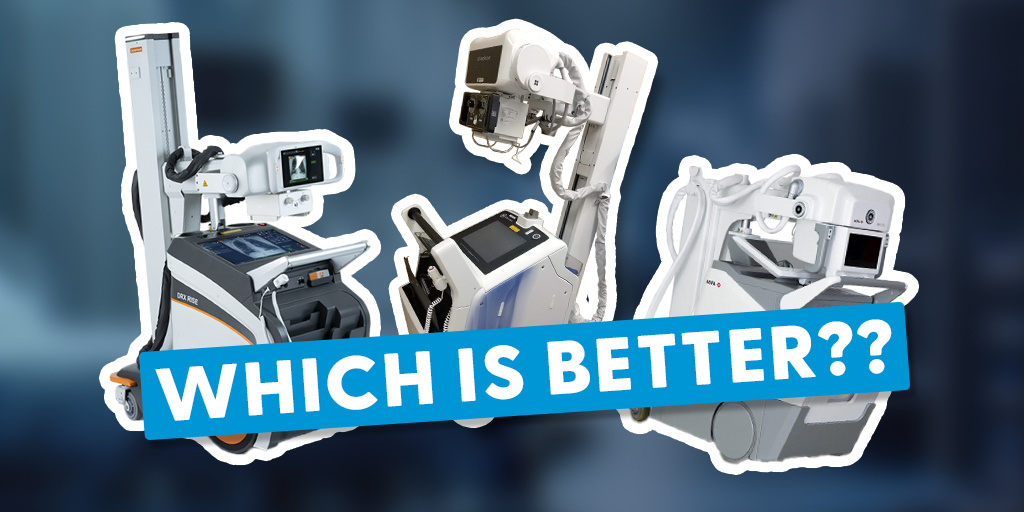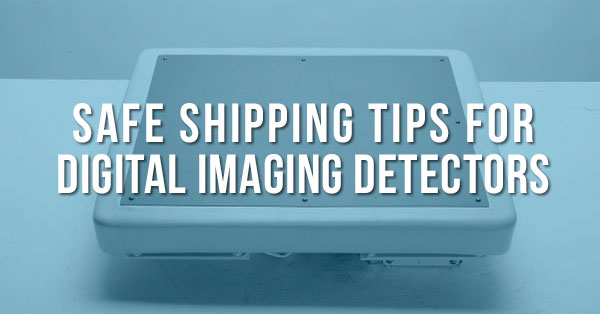
Shipping items with high value, like digital imaging detectors, can be a nerve-racking task. With FedEx, UPS, DHL, and other delivery services like them moving millions of packages each day, it's all but guaranteed that some items will get tossed, bumped, or dropped in transit. Fortunately, there are materials and precautions that can help.
The following are the steps and materials Block Imaging uses to ensure safe delivery of the digital detectors we provide to users, engineers, and installers around the world. If you have a detector need, you can be sure the steps below will be followed to protect your purchase. If you intend to ship a detector for any reason, taking similar steps will dramatically reduce your risk too.
Temperature Control
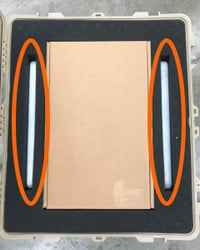 Digital detectors are extremely sensitive to rapid and dramatic temperature change. Because a detector in transit can go from a temperate warehouse to a vehicle travelling through a heat wave or a blizzard for hours, the first step in secure packaging is to surround the detector with phase change material (PCM). PCM is similar to the ice packs your mother used to put in your cold lunch for school. PCM blocks, like those circled in the picture, act as a temperature controller in the box, keeping the temperature regulated inside the package and allowing temperature changes to happen slowly.
Digital detectors are extremely sensitive to rapid and dramatic temperature change. Because a detector in transit can go from a temperate warehouse to a vehicle travelling through a heat wave or a blizzard for hours, the first step in secure packaging is to surround the detector with phase change material (PCM). PCM is similar to the ice packs your mother used to put in your cold lunch for school. PCM blocks, like those circled in the picture, act as a temperature controller in the box, keeping the temperature regulated inside the package and allowing temperature changes to happen slowly.
When you position your PCM, keep it close to the detector, but not in direct contact with it. Always place a thin layer of foam or padding between the PCM and the detector housing. An inch or two will do the trick.
Packing Material
The materials used to package the detector are just as important as the materials used to control its temperature. It's important to use an impact-resistant box/crate/case with a good seal. As an example, Block Imaging uses Pelican 1690 cases made of hard plastic with an airtight seal to keep moisture out and the inside temperature stable. A case like this is not cheap (Pelican 1690 retails for around $400), but the damage it helps prevent is thousands of dollars costlier.
Inside the box, start with a base layer of foam and surround the detector with foam padding, filling in any empty space. The PCM blocks should be surrounded with foam as well, in contact with neither the detector nor the wall of the case. With the added foam the detector should enjoy a smooth ride and arrive to the destination unscathed.
Handling
Finally, move the package with the shortest transit time you can get. When Block Imaging ships detectors, we ship overnight to most destinations as a way to mitigate exposure to non-temperature controlled warehouses and holding facilities. It will also be a quicker indicator to the sender and receiver should the package be delayed. With longer transit times, the notification of a delay in delivery will come hours or days later.
The Takeaway
With proper materials in place to mitigate temperature change, proper packing to mitigate the bumps and shakes of handling, and short transit times to get the package into its new home ASAP, anyone on the sending end of a detector shipment has done their due diligence for a safe delivery.
If you have an immediate detector replacement need we can assist, with all the speed and safety mentioned above. Let us know how we can help!

Chad Seelye
Chad Seelye is Vice President of Part Sales for Block Imaging. He loves to offer parts solutions that get customers excited about doing more with their equipment for less. Outside of work, he loves to explore new areas with his wife. It doesn't matter where they are, as long as they've never been there before. Chad also loves all things MSU basketball and football.


